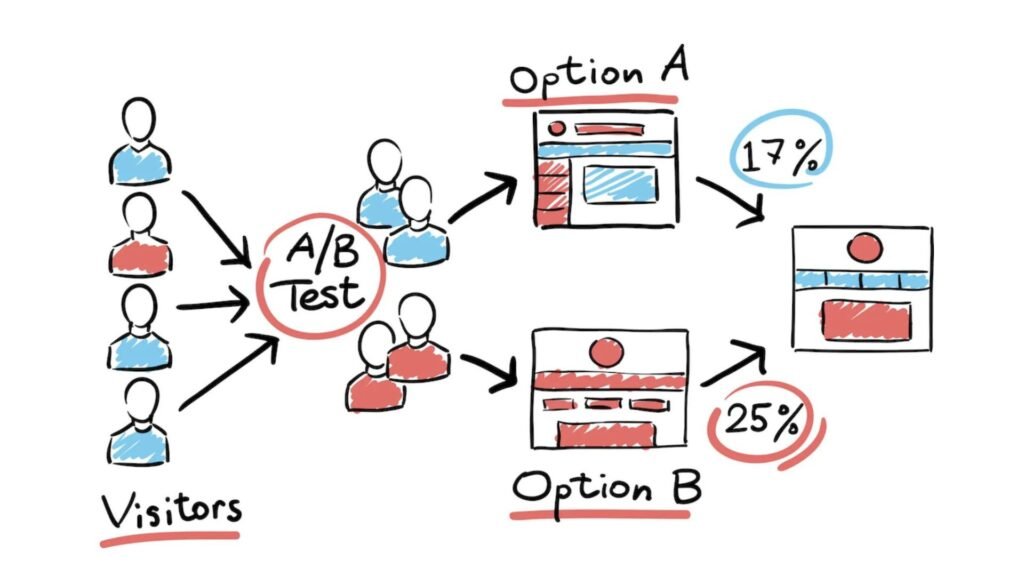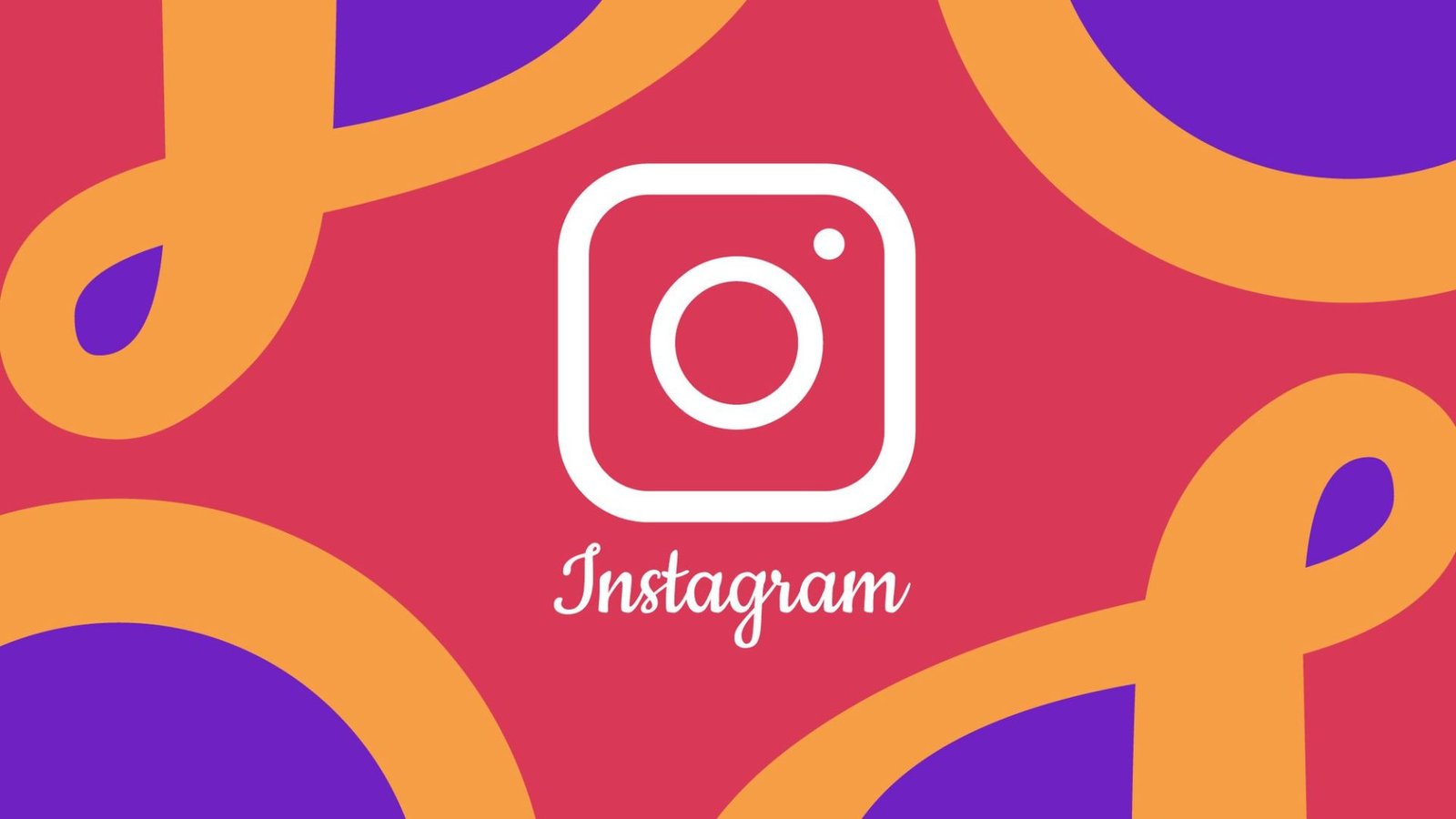A/B testing, or split testing, is a powerful method to optimize Instagram ads by comparing different variations to determine which performs best. By systematically testing different elements, you can enhance your ad’s effectiveness and achieve better results. Here’s how to implement effective A/B testing strategies for your Instagram ads.

Identify Key Elements to Test
Firstly, identify the key elements of your Instagram ads that you want to test. Common elements include:
- Ad Copy: Test different headlines, descriptions, and calls-to-action (CTAs) to see which wording resonates most with your audience.
- Visuals: Compare various images or videos to determine which visuals capture more attention and engagement.
- Formats: Experiment with different ad formats, such as photo ads, carousel ads, and Stories ads, to find out which format performs best.
- Targeting: Test different audience segments to see which demographics or interests yield higher engagement and conversion rates.
By focusing on these key elements, you can gain insights into what works best for your audience.
Create Variations for Testing
Once you’ve identified the elements to test, create variations for each element. For instance, if you’re testing ad copy, develop multiple versions with different headlines or CTAs. Similarly, if you’re testing visuals, create different images or videos to compare their performance. Ensure that each variation is distinct enough to provide meaningful insights.
Run Tests Simultaneously
Running your A/B tests simultaneously ensures that your results are not affected by external factors such as time of day or seasonal trends. Launch your ad variations at the same time and under similar conditions to maintain consistency. This approach helps ensure that any differences in performance are due to the changes you’ve made rather than external influences.
Monitor Performance Metrics
Monitor key performance metrics to evaluate the effectiveness of each ad variation. Important metrics to track include:
- Click-Through Rate (CTR): Measures how often users click on your ad after seeing it.
- Conversion Rate: Tracks how many users complete a desired action, such as making a purchase or signing up for a newsletter.
- Engagement Rate: Includes likes, comments, shares, and saves, indicating how well users interact with your ad.
- Cost Per Acquisition (CPA): Measures how much you spend to acquire a customer or lead.
Use Instagram’s analytics tools to track these metrics and compare the performance of your ad variations.
Analyze Results and Draw Conclusions
Once you have enough data, analyze the results to determine which ad variation performed best. Look for significant differences in the performance metrics you’ve tracked. For example, if one ad copy leads to a higher CTR or conversion rate, it may be more effective at engaging your audience.
Identify patterns and insights from your analysis to understand what worked and why. For instance, if a particular visual drove higher engagement, consider what aspects of the visual contributed to its success.
Implement Findings and Optimize
After analyzing your A/B test results, implement the winning elements in your Instagram ad strategy. Apply the insights gained to create optimized ads that leverage the most effective elements. For example, if a certain CTA resulted in better conversion rates, use that CTA in your future ads.
Continuous optimization is key to maintaining ad performance. Regularly conduct A/B tests to refine different elements and stay updated with evolving audience preferences and trends.
Scale Successful Variations
Once you’ve identified the most effective ad variations, consider scaling them to reach a broader audience. Allocate more budget to the successful ads and use them in larger campaigns. Scaling successful variations helps maximize your return on investment and enhances overall ad performance.
Test New Ideas Regularly
Lastly, regularly test new ideas and elements to keep your ad strategy fresh and effective. Trends and audience preferences can change over time, so ongoing A/B testing ensures that your ads remain relevant and engaging. Experiment with new visuals, copy, formats, and targeting options to continually improve your ad performance.
Conclusion
In summary, effective A/B testing strategies for Instagram ads involve identifying key elements to test, creating variations, and running tests simultaneously. Monitor performance metrics, analyze results, and implement findings to optimize your ads. Scale successful variations and regularly test new ideas to keep your ad strategy dynamic and effective. By applying these strategies, you can enhance your Instagram ads’ performance and achieve better results for your campaigns.




